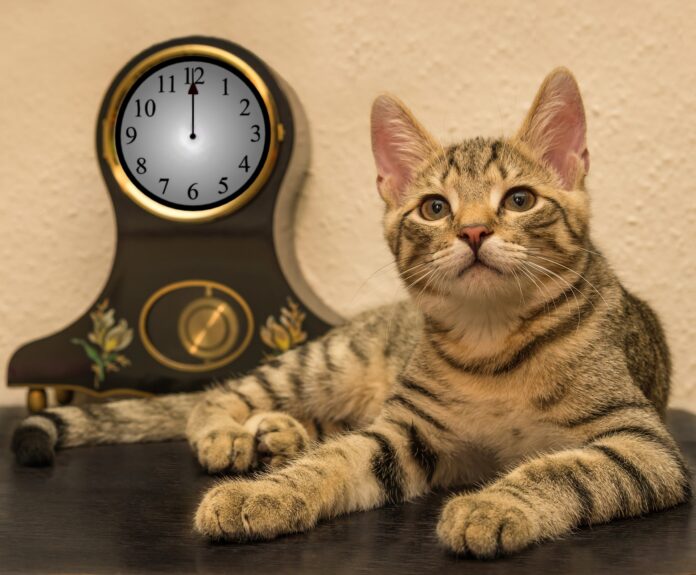Understanding the Best Feeding Schedule for Your Pet
After investing time in Petfoodology articles and consulting your veterinarian, you’ve finally chosen the ideal diet for your furry friend. You may know what and how much to feed your pet, but the question remains: how often should you offer food? Many pets will make their wishes known when it’s mealtime, but is there an optimal feeding schedule? This article provides comprehensive guidelines to help you determine the best feeding routine for your household.
Puppies and Kittens: Special Nutritional Needs
Puppies and kittens under one year of age require a diet that meets the AAFCO (Association of American Feed Control Officials) nutritional adequacy statement for growth or all life stages. These diets are enriched with essential nutrients necessary for proper growth and development.
- Feeding Frequency: It is generally recommended that pets younger than six months be fed at least three separate meals per day. Their smaller stomachs and higher nutritional needs necessitate more frequent feeding.
- Portion Control: While more frequent meals are necessary, be mindful not to exceed your puppy or kitten’s nutritional needs to maintain an ideal body condition.
Healthy Adult Pets: Flexible Feeding Schedules
Once your pet reaches adulthood (usually around one year of age, extending to 18 months for giant breeds), you can either maintain or modify their feeding schedule. The typical options include:
- One meal per day
- Two meals per day (most common)
- More than two meals based on personal preference
As long as your pet meets its daily nutritional requirements, the feeding frequency can be relatively flexible. Many families opt for two meals a day, providing balance and routine.
Adjusting the Feeding Schedule for Medical Conditions
Medical conditions can greatly influence your pet’s dietary needs and feeding schedule. Consult your veterinarian for tailored advice. For instance:
- If your pet suffers from gastrointestinal issues, more frequent, smaller meals may be advisable.
- For pets with diabetes, a consistent twice-a-day feeding schedule might be essential.
Always follow your veterinarian’s recommendations to ensure that your pet’s feeding schedule aligns with their health goals.
The Dilemma of Free-Feeding
Free-feeding, or providing unlimited access to food, is a common practice, especially among cat owners. Some pets, such as pregnant or lactating animals, may require free-feeding to meet increased energy demands. However, this approach has its drawbacks:
- Free-feeding is not advisable unless all pets involved maintain an ideal body condition.
- When not monitored, free-feeding can lead to overeating and obesity, triggering various health problems.
Final Takeaways: Customizing Your Pet’s Meal Times
Establishing an appropriate feeding schedule hinges on both your and your pet’s needs while fulfilling their nutritional requirements. Consult your veterinarian before making any changes to ensure that you are meeting your pet’s specific dietary needs.
This article is co-authored by veterinary student Rachel Hanford, who emphasizes the importance of understanding your pet’s nutritional requirements.











